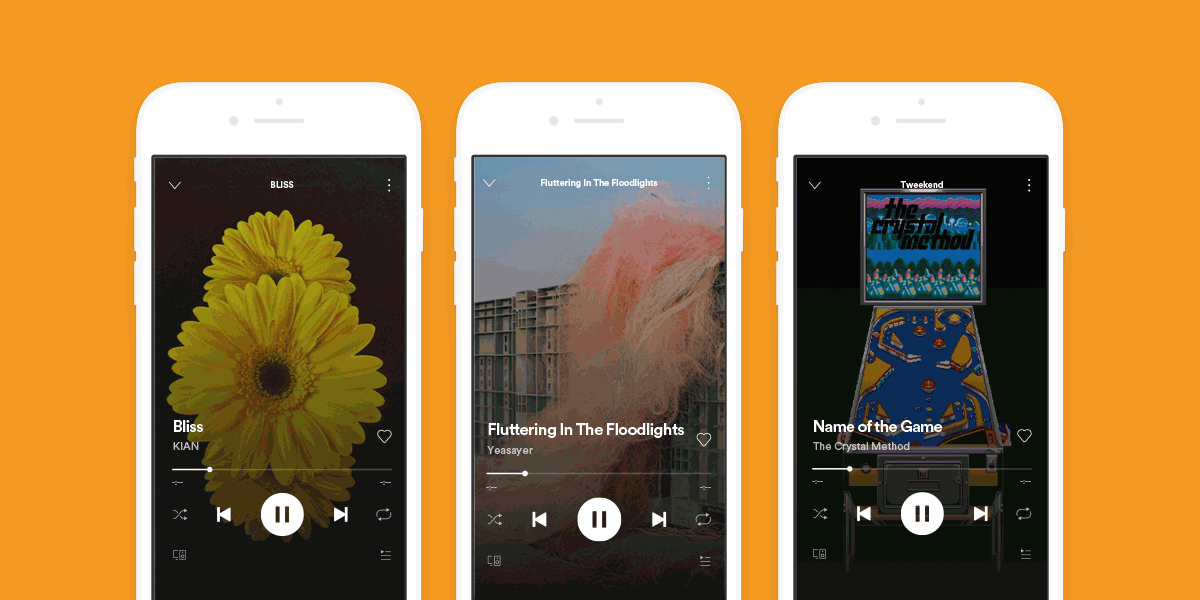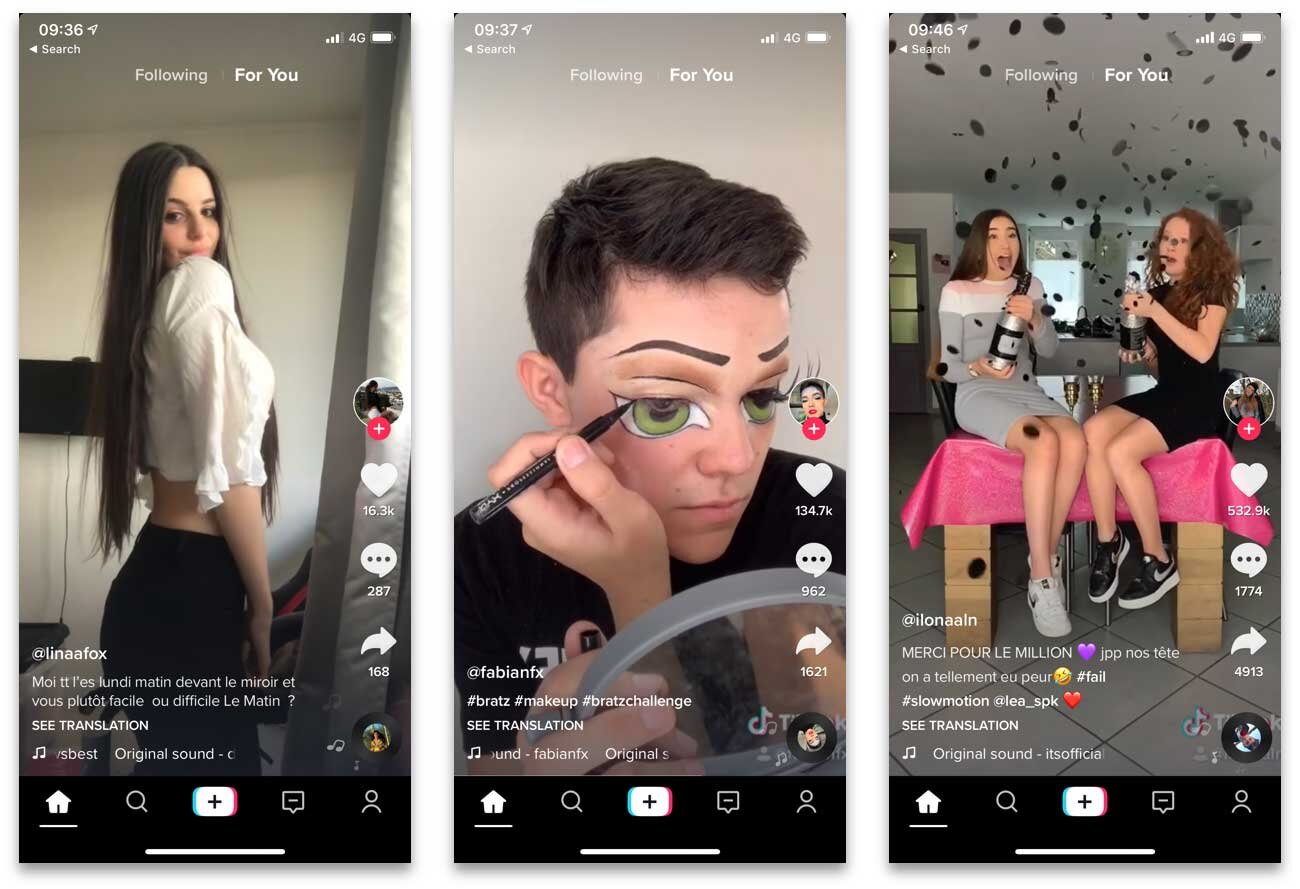The Vertical Video Format: Here to Stay or Just a Passing Trend? And How Can This Help With Your Music?
What started with Vine and Musically, which then became Tik Tok, created a whole new way of presenting video content. In the past, the horizontal video format that was popularized by YouTube was the most common way in which videos were presented. This was so that it was optimized for larger, horizontal displays such as laptops, desktop computers, and television sets. However, with more people both creating and consuming content from smaller, more portable screens such as smartphones and tablets, the vertical video format is something that has popped up on social media in recent years as the desired way of viewing a video. The question is: is it here to stay, or just a passing trend that will phase out in a few years?
With so many new ways to present and watch vertical videos on various platforms, it may be safe to say that this format is not going away any time soon. With the creation of Instagram and Snapchat stories, to Instagram Reels, TikTok, and even YouTube shorts, it is clear that almost every platform is incorporating some feature that allows users to watch and upload their own videos in a vertical format. The fact that social media platforms are now allowing a space for vertical videos to shine, shows that they are simply adapting to the way their users already create and consume content.
According to MOVR’s Mobile Review Report, 94% of the time, smartphone owners hold their phone vertically and 70% don’t even flip their phone horizontally when watching a video on their phone. Additionally, most home videos are shot using a smartphone nowadays versus a DSLR or external video camera, which only makes sense as to why vertical videos are rising in popularity on social media with so many people already creating this content.
The stats from social media platforms also shows that vertical videos are here to stay by keeping users engaged and improving the overall advertising experience. About one-third of the Instagram stories that are viewed are from business advertisements, and Snapchat found that vertical video ads were watched to its full length nine times more than horizontal ads, and a research study done by the online marketing platform Mediabrix, found that vertical videos had 90% higher completion rates. Therefore, vertical videos are already proving to be better in performance and effectiveness than the traditional horizontal format.
So the next question you may be thinking is how does this pertain to the music industry? Why is this important for artists, and how can this help with your music promotions? Firstly, this is good news for any smaller, independent artists out there, because it shows that the tools to create high quality, successful content is already in the palm of your hands. Skipping out on the heavy duty camera, microphones, and video equipment in favor of your smartphone saves you a great deal of money, and allows artists to film content at any time and place.
Additionally, this should only encourage artists to create more content in order to take advantage of all of the features that social media platforms have to offer. Promoting your music through TikTok, Instagram Reels, stories, and even shorts on YouTube are great ways to gain exposure and increase your audience. And the necessary production time is significantly shorter than what a horizontal video may demand. All of the filming and editing can be done straight from your smartphone, allowing you more opportunities to create a wide range of content.
On top of all of that, vertical videos have now been incorporated into Spotify with their Canvas features, which allows you to attach a short eight-second video clip as the background image to your streaming page. This allows your listeners to feel more engaged with your music as they get to listen to it alongside a visual of your choice, and it has also been proven to increase the amount of time users stay on your song or artist profile, which ultimately boosts your profile on the Spotify algorithm to suggest your song to more potential listeners.
With all things considered, vertical videos definitely will be sticking around for years to come, and have not just changed, but improved the way in which people can produce and engage with video content. For independent musicians and artists, keeping up with these new ways to engage people on social media and other online platforms is essential to getting your music heard and taking your career to the next level, so next time you feel yourself slacking on content inspiration, remember the simple power of whipping out your smartphone and filming a short video for your fans!



